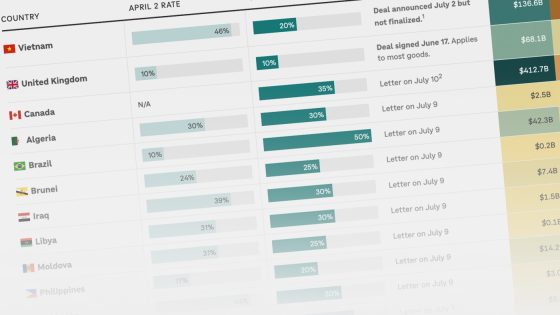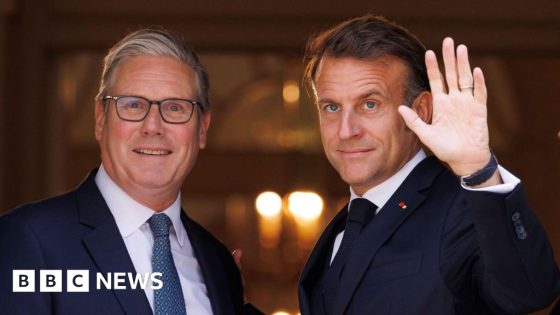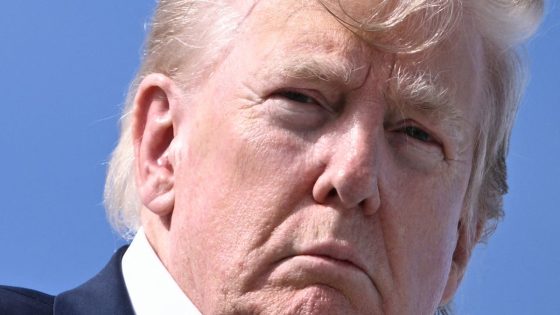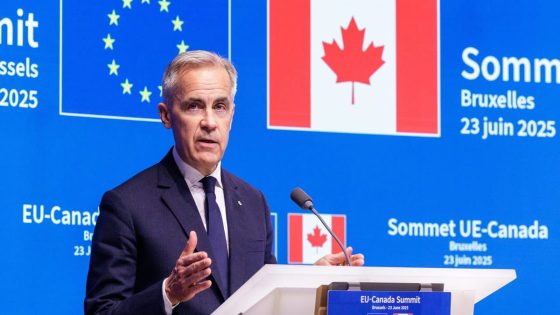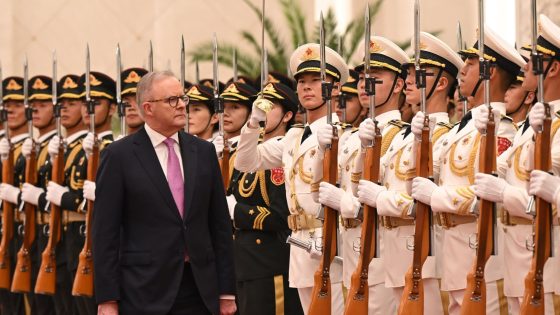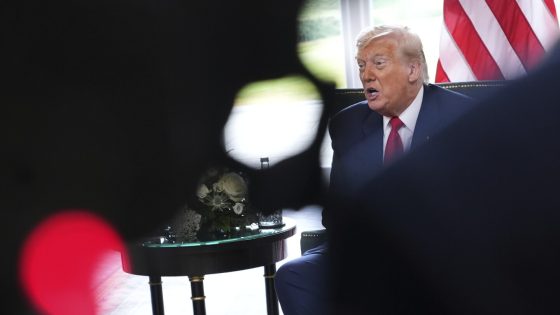President Trump’s trade policy continues to create uncertainty on the global stage, particularly with his recent letters to foreign leaders regarding upcoming tariff rates. Set to take effect on August 1, these tariffs could significantly impact international trade relations.
- Trump's trade policy remains unpredictable.
- Tariff rates announced for multiple countries.
- Negotiation opportunities included in letters.
- Previous tariffs ranged from 10% to 50%.
- Only one trade deal signed with the U.K.
- Trade deficits and surpluses explained.
The letters reflect Trump’s unpredictable approach, with proposed rates ranging from 10% to 50% on various countries. While he has indicated that these rates are not “100% firm,” they leave room for negotiation, suggesting that countries could lower tariffs by removing their own trade barriers. This dynamic raises questions about the future of U.S. trade policy, especially as the August 1 deadline approaches.
What does this mean for global markets? The uncertainty surrounding these tariffs could lead to volatility as countries scramble to negotiate favorable terms. Consider these points:
- Tariff rates may fluctuate based on negotiations, affecting trade balances.
- Only one formal deal has been signed, with the U.K., raising concerns about Trump’s effectiveness in securing agreements.
- Countries with significant trade deficits with the U.S. may feel the pressure to comply.
As nations prepare for potential trade shifts, it’s crucial to stay informed and adaptable. Will countries find common ground, or will tariffs escalate tensions further?



